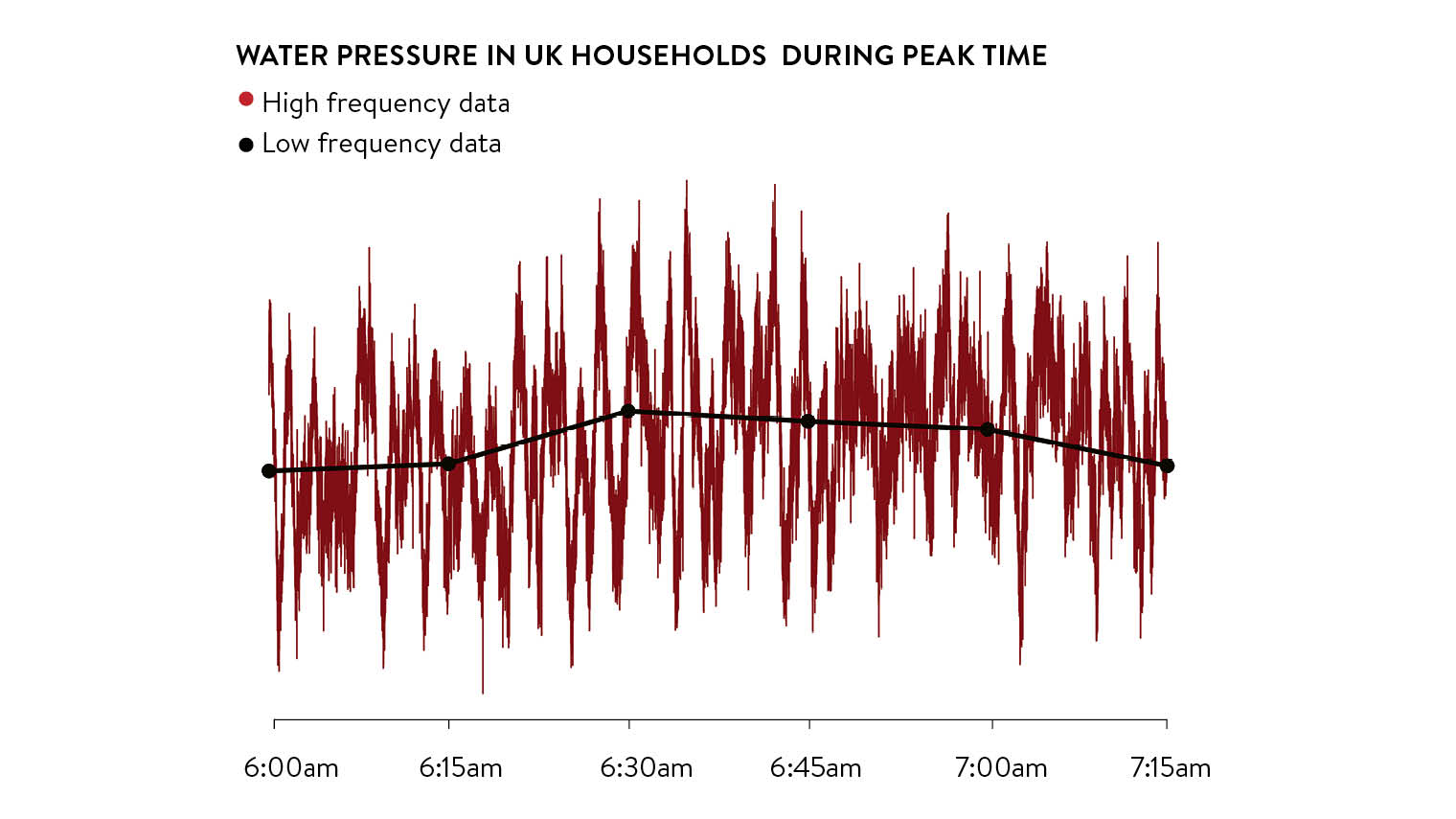The water industry has come a long way since it was privatised nearly 30 years ago. In 1989 it was estimated that a remarkable 40 per cent of treated, drinkable water was lost before getting to customers. Tighter regulatory control and significant investment in each of the five-yearly asset management planning cycles (AMPs) that have followed have seen this figure reduced by more than half.
In preparation for the current regulatory period (AMP 6), water companies consulted with their customers as never before resulting in increased focus on their concerns and the levels of service they required. As a result, each company agreed its own set of outcome delivery incentives against which they can face financial penalties or bonuses for under or outperformance respectively, two common examples being leakage and unplanned interruptions, such as major bursts.
Set against a background of an ageing network of water infrastructure, the resultant financial and reputational consequences to the water companies are therefore substantial and growing. UK water companies invest billions of pounds each year on capital maintenance and replace on average around 1 per cent of their mains every AMP. They must strive to maximise asset lifetimes and optimise performance while achieving the lowest cost of operations and ownership. Delivering highly targeted capital investments is therefore critical and is where Inflowmatix’s monitoring technology and advanced analytics can make a real difference.
Inflowmatix offers a technology stack of hardware, management and analytical software. Outside large SCADA (supervisory control and data acquisition) systems, the de facto approach for utilities monitoring their networks has been to take measurements of pressure and flow every 15 minutes at specific sites. Inflowmatix’s patented technology is able to collect data continuously at an incredible 128 samples per second revealing a much more detailed and accurate picture of what is actually happening within the pipes.

The results are remarkable, showing what was previously thought to be a relatively calm network in reality contains violent, transient and constantly varying pressures which cause significant material stress in the pipes.
The insights into the significance of this dynamic behaviour are what underpin Inflowmatix. They recognise the danger of an industry becoming swamped with huge volumes of data from an unfocused proliferation of sensors and address this at source. Their sensors are optimally placed to collect precision data from the right locations and uniquely start the analytical process at the point of collection itself.
What can be measured, can be managed, it is often said and this is at the heart of Inflowmatix’s proposition. Steve George, chief executive of Inflowmatix, says: “Future networks will have many challenges to overcome, some legacy and others coming from new approaches to smarter operations, coping with demand while still delivering quality of service. This is a global issue and the only way of getting there is through cost-effective monitoring and implementation of robust solution-orientated analytics.
“Our technology gives water companies confidence, not through raw data collection, but through providing actionable information. Issues can be addressed based on performance, ahead of them becoming serious, which enables proactive, preventative management rather than purely reactive or scheduled-based interventions.
“But it’s not just about the now. Strategically, accurate insight into the real operational conditions underpins enhanced models for incident management and long-term capital investment decisions. In preparing for AMP 7, forward-thinking utilities are taking this to heart.”
Working with leading, innovative water companies in the UK, such as Severn Trent Water and Anglian Water, Inflowmatix is delivering this vision. It offers far-reaching benefits that previously could not be delivered due to limiting factors of technology and cost. Now they can.
For more information please visit www.inflowmatix.com
